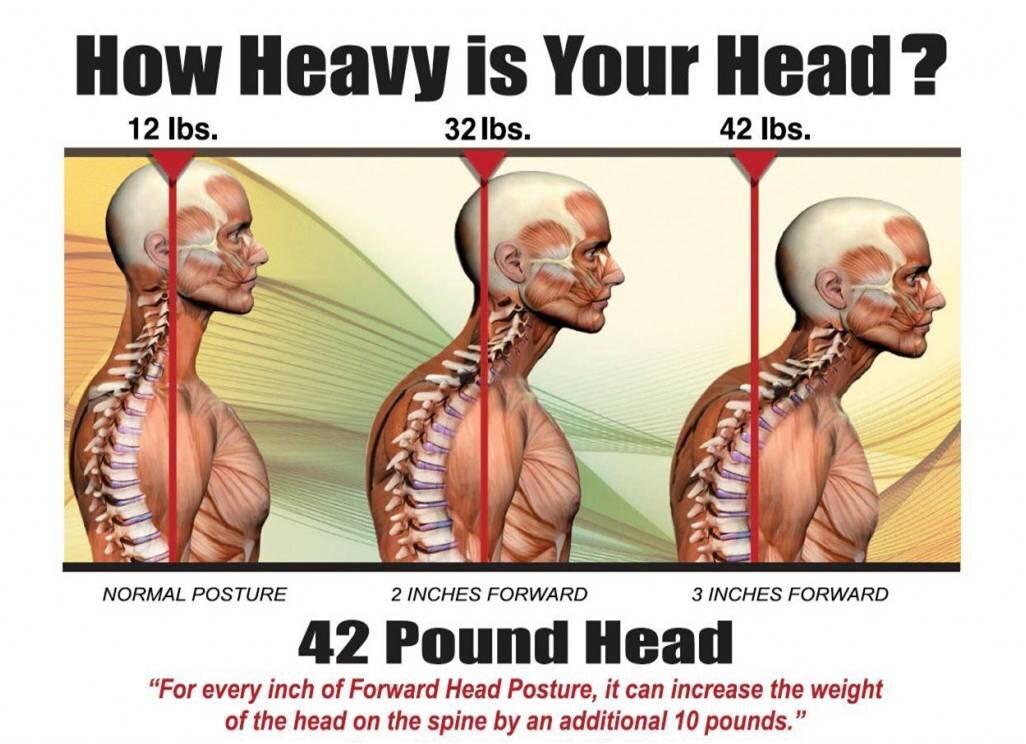How Much Does a Human Head Weigh? Exploring the Weight of the Human Head
The human head is a complex and vital part of the body, housing the brain, sensory organs, and numerous intricate structures. While we often consider the weight of the entire body, the weight of the human head itself is a topic of curiosity. In this article, we will explore the weight of the human head, providing insights into its average weight and the factors that can influence it.
1. The Importance of Understanding Head Weight

Head Weight
The weight of the human head is a topic that sparks curiosity and interest among individuals.
Understanding the average weight of the head can contribute to our overall understanding of human anatomy and physiology.
2. Structure of the Human Head
The human head is comprised of various components, including the skull, brain, facial bones, muscles, and organs such as the eyes, ears, nose, and mouth.
Each structure plays a crucial role in the overall function and appearance of the head.
3. Average Weight of the Human Head

Human Head
The average weight of the human head is approximately 10 to 11 pounds (4.5 to 5 kilograms).
However, it is important to note that individual variations exist, and factors such as age, gender, body composition, and overall health can influence the weight of the head.
4. Factors Affecting Head Weight
a. Brain Size and Weight:
The brain is a significant contributor to the weight of the head. Individuals with larger brains may have slightly heavier heads compared to those with smaller brains.
b. Skull Thickness and Density:
The thickness and density of the skull can vary among individuals. Thicker and denser skulls may contribute to a slightly heavier head.
c. Muscle Mass and Development:
The muscles in the head, such as the facial muscles and neck muscles, can contribute to head weight. Individuals with well-developed muscles in these areas may have slightly heavier heads.
d. Adipose Tissue (Fat) Content:
The amount of fat tissue present in the head can vary among individuals. Higher levels of adipose tissue can contribute to a slightly heavier head.
e. Fluid Levels:
The presence of fluids, such as cerebrospinal fluid, within the head can also influence its weight. Changes in fluid levels can occur due to factors like hydration status and certain medical conditions.
5. Variations in Head Weight
While the average weight of the human head is commonly cited, it is essential to recognize that individual variations exist.
Factors such as genetic predisposition, lifestyle, and overall health can contribute to variations in head weight among individuals.
6. Measuring Head Weight
Accurately measuring the weight of the human head can be challenging due to the complexities involved. In scientific studies, specialized equipment and techniques are employed to measure head weight.
However, for general understanding and discussion, the average weight estimation suffices.
7. Significance in Medical Fields
The weight of the human head has implications in various medical fields, including neurology, neurosurgery, and orthopedics.
Understanding the weight distribution and biomechanics of the head can aid in diagnosing and treating conditions related to the head and neck region.
8. Impact on Daily Life
Although the weight of the human head may not be a prominent concern in daily life, it is worth noting that the head's weight influences posture, muscle balance, and overall body alignment.
Proper head and neck support, ergonomic considerations, and maintaining a healthy posture can help alleviate any discomfort associated with head weight.
The average weight of the human head is approximately 10 to 11 pounds (4.5 to 5 kilograms). However, individual variations exist due to factors such as brain size, skull thickness, muscle mass, adipose tissue content, and fluid levels. Understanding the weight of the head contributes to our knowledge of human anatomy and can have implications in medical fields. While the weight of the head may not significantly impact daily life, maintaining proper posture and considering ergonomic factors can support overall well-being.